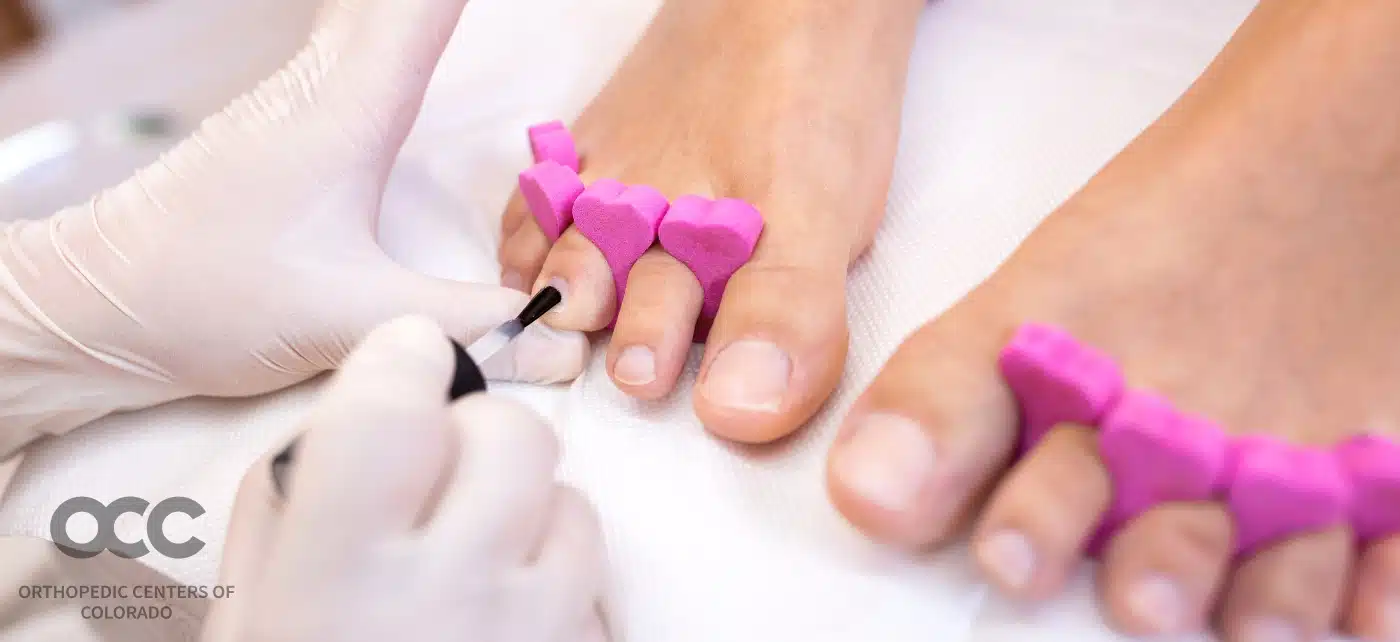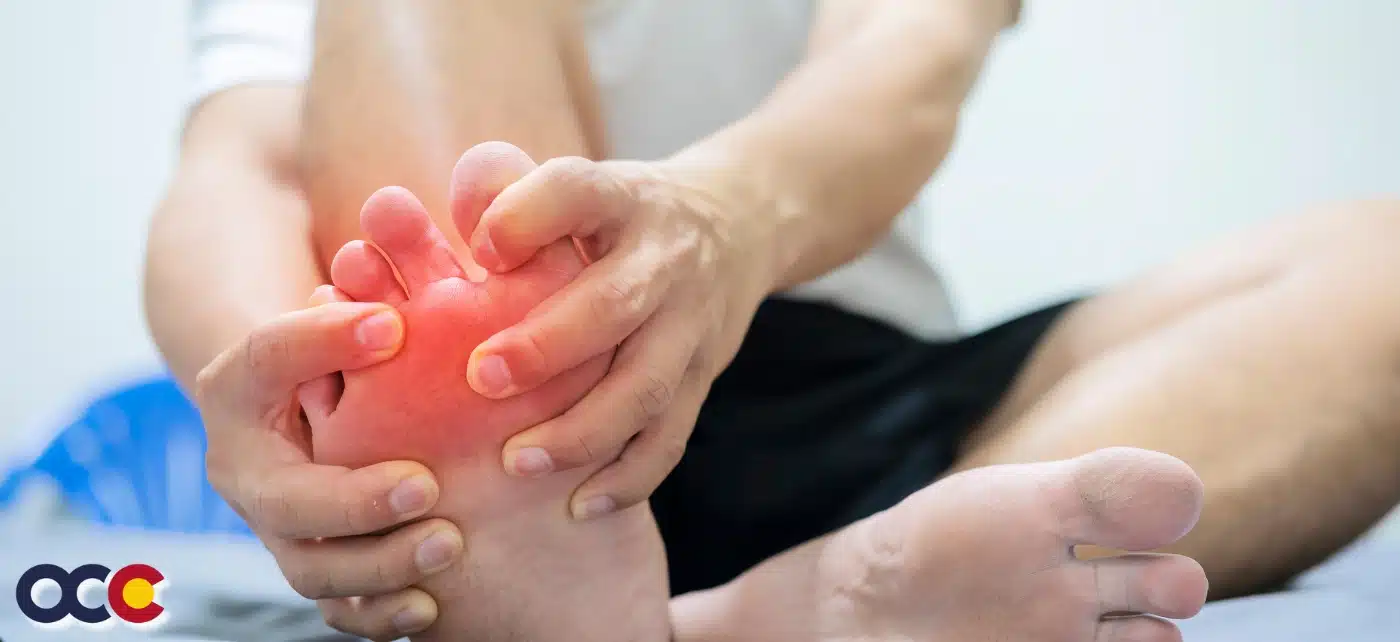A hammer toe is so named because the affected toe resembles a hammer when the joint is stuck in an upright position. Initially, hammer toes are flexible and can be corrected with simple measures, but if left untreated, they can be fixed and require surgery. This deformity can cause pain and difficulty walking and progressively worsen with time. That is why the moment you notice something wrong with your toe, you should immediately see one of the experienced orthopedic specialists at Advanced Orthopedic & Sports Medicine Specialists in Denver, Parker, or Aurora, Colorado. Don’t wait until it’s too late.
OVERVIEW
A hammer toe is a deformity of the second, third, or fourth toes. In rare cases, all of the toes are affected. The toe bends at the middle joint so that it bends down and resembles a hammer. When the joint goes rigid, it becomes stuck and can cause not only pain but also corns and calluses. A hammer toe is more likely to occur in women who wear shoes that do not fit well or often wear shoes with high heels. It can even occur in children who wear shoes they have outgrown. Hammer toes are common, affecting approximately 3% of all adults over age 21 in the United States alone. They are not purely a cosmetic issue—they can be painful and cause many other problems.
ABOUT THE TOES
Most people have 26 bones in each foot. Fourteen of the 26 bones are found in the toes. Each toe has three bones, except the big toe, which has two. The toes are made of several structures found throughout the rest of the body—bones, nerves, arteries, veins, tendons, and muscles. The bones of the toes, like those of the fingers, are called phalanges. The toes provide multiple functions when they work properly. They support the body’s weight and, along with other structures of the feet, provide shock-absorbing properties when running, walking, or jumping. In addition, the toes also provide balance when walking and provide the final push-through during a stride. In addition, the toes contain nerves that send many signals to the brain, including signals of pain when they are injured.
WHAT IS A HAMMER TOE?
“Hammer toe“ is a term for progressive symptoms and joint changes that involve one or more of the toes. A hammer toe deformity happens because muscles in the foot or leg get weak, and the tendons to the toe pull abnormally. There are three types of hammer toes:
- Flexible hammer toes: a flexible hammer toe is still developing, so the affected toes can still move at the joint.
- Semi-rigid: the hammer toe is starting to stiffen.
- Rigid hammer toes: a rigid hammer toe can no longer move because the tendon and soft tissues have tightened.
Read more about Hammer Toes on our new Orthopedic News Site – Colorado Orthopedic News. Schedule an appointment with a foot specialist today.









